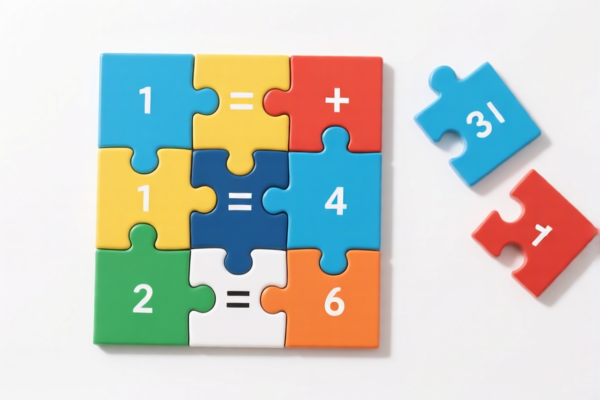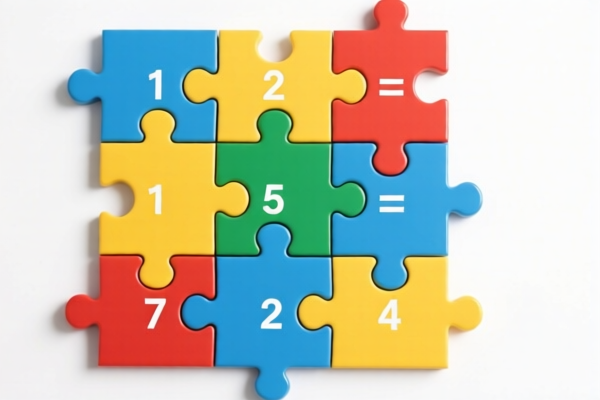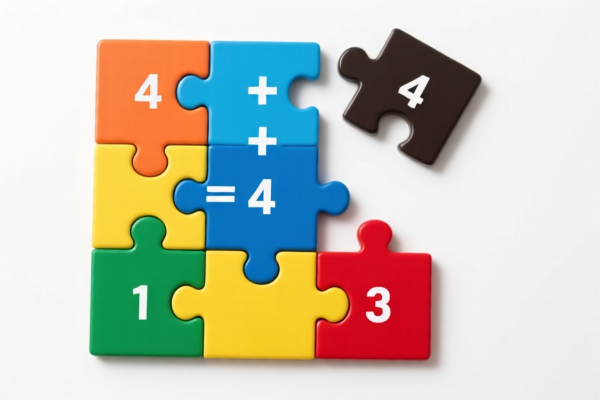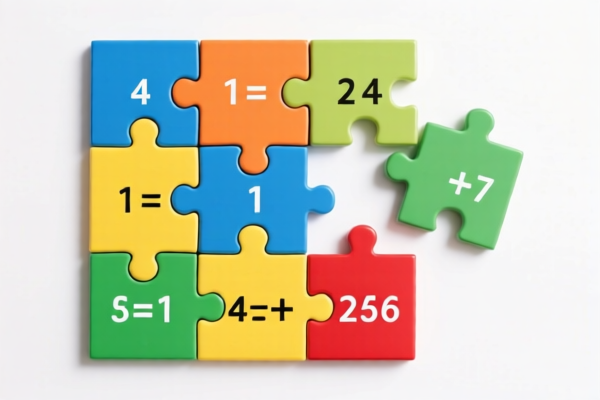| HS Code | Official Doc | Tariff Rate | Origin | Destination | Effective Date |
|---|---|---|---|---|---|
| 9503000011 | Doc | 30.0% | CN | US | 2025-05-12 |
| 9503000071 | Doc | 30.0% | CN | US | 2025-05-12 |
| 4911914040 | Doc | 37.5% | CN | US | 2025-05-12 |
| 4911911500 | Doc | 37.5% | CN | US | 2025-05-12 |
| 4901990050 | Doc | 37.5% | CN | US | 2025-05-12 |
| 4901990093 | Doc | 37.5% | CN | US | 2025-05-12 |




Puzzle
A puzzle is a game, problem, or toy that tests ingenuity or skill. Puzzles can take many forms, ranging from simple mechanical diversions to complex logical challenges. The primary purpose of a puzzle is entertainment, but they also serve educational and cognitive benefits, enhancing problem-solving skills, spatial reasoning, and memory.
Materials
Puzzles are constructed from a wide variety of materials, influencing their durability, complexity, and cost. Common materials include:
- Cardboard/Paper: Frequently used for jigsaw puzzles, crosswords, and logic puzzles due to affordability and ease of production.
- Wood: Employed in traditional puzzles like tangrams, sliding puzzles, and interlocking puzzles, offering durability and a tactile experience.
- Plastic: Common in 3D puzzles, Rubik's Cubes, and brain teasers, providing robustness and the ability to create intricate designs.
- Metal: Utilized in mechanical puzzles, often involving disassembly and reassembly, known for their complexity and longevity.
- Electronic Components: Found in electronic puzzles, offering interactive elements and dynamic challenges.
Purpose & Function
The core function of a puzzle is to present a problem requiring a solution. This solution is typically non-obvious and necessitates critical thinking, pattern recognition, and sometimes trial-and-error. Puzzles can be categorized by the skills they emphasize:
- Logical Reasoning: Sudoku, crosswords, logic grid puzzles.
- Spatial Reasoning: Jigsaw puzzles, tangrams, 3D puzzles.
- Mechanical Skill: Disentanglement puzzles, sliding puzzles.
- Pattern Recognition: Number sequences, visual pattern puzzles.
- Wordplay: Anagrams, riddles, word searches.
Usage Scenarios
Puzzles are enjoyed in a diverse range of settings:
- Individual Entertainment: Solving puzzles as a personal hobby or relaxation activity.
- Group Activities: Collaborative puzzle-solving for team building or social interaction.
- Educational Tools: Utilizing puzzles to enhance cognitive development in children and adults.
- Therapeutic Applications: Employing puzzles to improve problem-solving skills in individuals with cognitive impairments.
- Competitions: Participating in puzzle-solving contests and events.
Common Types
- Jigsaw Puzzles: Pieces are assembled to form a complete image. Vary in piece count and image complexity.
- Crossword Puzzles: Word-based puzzles requiring knowledge of vocabulary and definitions.
- Sudoku: Number-placement puzzles based on logical deduction.
- Rubik's Cube: A 3D combination puzzle requiring manipulation to restore colored faces.
- Tangrams: Dissection puzzle consisting of seven flat shapes, which are arranged to form various shapes.
- Logic Puzzles: Rely on deductive reasoning to solve a problem based on a set of clues.
- Sliding Puzzles: Tiles are moved within a frame to achieve a specific arrangement.
- Mechanical Puzzles: Involve the disassembly and reassembly of interlocking pieces.
- Brain Teasers: Riddles or problems designed to challenge mental agility.
- Word Search Puzzles: Finding hidden words within a grid of letters.
- Maze Puzzles: Finding a path through a complex network of pathways.
Puzzles fall under Chapter 95, specifically relating to toys, games and sports equipment.
Here are the relevant HS codes based on the provided information:
- 9503000011: This HS code covers Tricycles, scooters, pedal cars and similar wheeled toys; dollsʼ carriages; dolls, other toys; reduced-scale (“scaleˮ) models and similar recreational models, working or not; puzzles of all kinds; parts and accessories thereof. Specifically, it applies to “Childrenʼs productsˮ as defined in 15 U.S.C. § 2052: Inflatable toy balls, balloons and punchballs, of rubber: Labeled or determined by importer as intended for use by persons: Under 3 years of age. The tax rate is 30.0% (0.0% base rate + 0.0% additional tariff + 30.0% additional tariff after 2025.4.2).
- 9503000071: This HS code also covers Tricycles, scooters, pedal cars and similar wheeled toys; dollsʼ carriages; dolls, other toys; reduced-scale (“scaleˮ) models and similar recreational models, working or not; puzzles of all kinds; parts and accessories thereof. However, it applies to “Otherˮ types of “Childrenʼs productsˮ as defined in 15 U.S.C. § 2052: Labeled or determined by importer as intended for use by persons: Under 3 years of age. The tax rate is 30.0% (0.0% base rate + 0.0% additional tariff + 30.0% additional tariff after 2025.4.2).
Chapter Breakdown:
- 95: Toys, games and sports equipment; gymnastic or athletic articles. This chapter broadly covers items used for amusement, recreation, or physical exercise.
- 03: Tricycles, scooters, pedal cars and similar wheeled toys; dollsʼ carriages; dolls, other toys. This heading narrows the focus to wheeled toys, dolls, and related items.
- 000011/000071: These further specify the type of children's product and the intended age group (under 3 years of age).
Important Note:
The applicable tariff rate for both HS codes 9503000011 and 9503000071 will be 30.0% after April 2, 2025. This is due to an additional tariff being applied after that date.
Customer Reviews
No reviews yet.